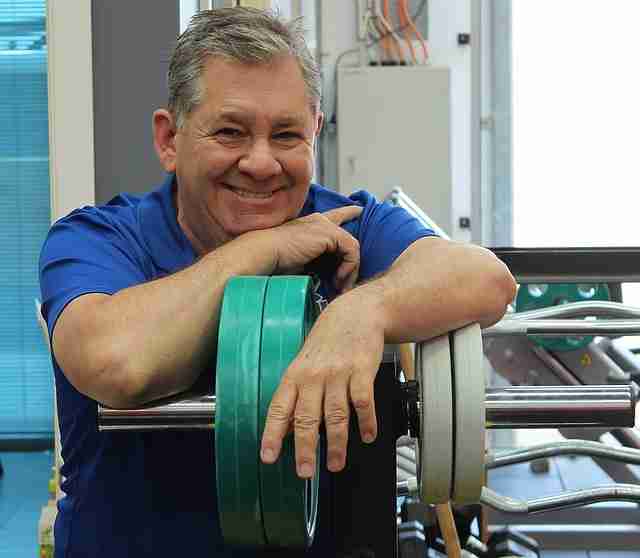Apply Grants
July 24, 2018
0
Stem Cell Therapy To Cure Ischemic Heart Disease In The Patients
How do we breathe air? Our heart takes a major role in enabling us to breathe oxygenated blood supplied to our body pumped by its two ventricles. But, when there is a heart failure, this normal function of our body does not occur, resulting in complications of breathing and even deaths. As is with many etiologies of the heart failure, ischemic heart disease is one of the leading causes of heart failure. Having its similarity with the myocardial infractions, it causes major health hazards.
Heart Failure a major health complication
With regard to this, stem cell therapy could improve the survival rate of the patients suffering from ischemic heart disease or myocardial infarction. However, prior to stem cell therapy, different types of therapeutics and clinical procedures have been used, but they did not show any promising outcome and contributed to the mortality rate. In addition, current therapies delay the progress and do not foster any repair and regeneration of cardiac tissues of the damaged myocardium.
This is one of the key reasons to look out for the assistance for a heart transplant, a costly medical option, leaving so many frustrated over the financial burden. However, ever since the inception of the stem cell therapy in the year 1988 came forward, the stem cell-based therapy is proving to be a magical therapeutic method for a range of chronic diseases including heart failure.
The Role Of Stem Cell Therapy In Heart Failure Improvement
So far, stem cell therapy has proven to be an effective and promising treatment for the damaged cardiovascular tissues or myocardial tissues. We had enough evidence of bone-marrow-derived mesenchymal stromal cells, including induced pluripotent stem cells to regenerate myocardial tissues and cure heart failure in the animals and also different clinical trials. Ever since animal models and clinical trials have been successful to showcase the efficacy of cell-based therapies, application of stem cells thereby is widespread in the clinical settings to treat the conditions of heart failure.
Various Types Of Stem Cell Therapy For Ischemic Heart Disease
Mesenchymal Stromal Cells
As linked to a heterogeneous population of fibroblast, mesenchymal stromal cells are a part of multipotent cells, which are able to differentiate into different types of lineages like osteocytes, chondrocytes, and adipocytes. All these lineages foster the development of different tissues like bone, cartilage, adipose, and muscles. At the same time, many clinical trials were successful to show the potential of mesenchymal stromal cells to be differentiated into different types of cardiac tissues like endothelial cells and cardiomyocytes. Apart from bone marrow, these cells are easily isolated from various sources like umbilical cord, placenta, and adipose tissues. With special characteristics like surface markers, they are easily used for the treatment of cardiac injury because of their ease of isolation process.
Embryonic Stem Cells
Embryonic stem cells belong to the earlier form of cells known as blastocysts. They are multipotent and equipped with self-renewal capacity to differentiate into many cell types. The different clinical trials had shown that human embryonic stem cells can easily differentiate into cardiomyocytes under a certain culture condition in the lab. It fosters the improvement of cardiac functions and also heartbeats. This therapy is not averse to challenges as well. The retention of injected hESCs is subject to pro-survival factors to ensure their adaptability to the injured site. And hence, using these cells, it is possible to increase the rate of their growth factor to the site.
Adipose-Derived Stem Cells
They are different from bone marrow-derived stem cells. The isolation process of these tissues from the subcutaneous adipose tissues is quite a less expensive procedure for the treatment of myocardial infarction. These cells are heterogeneous and contain hematopoietic stem cells with different transcription factors, making them an easy product for the cardiomyocyte regeneration in vivo.
Heart failure and myocardial infarction are a major public health issue. With a rapid advancement in the clinical procedure of stem cell therapy, we can make it easily available for the treatment of this debilitating disease, and reduce the morbidity and mortality across the world.
stem cell therapy heart transplant, stem cell therapy heart surgery, stem cell therapy for heart disease, stem cell therapy for Biphenotypic acute leukemia symptoms, dementia stem cell therapy, bare lymphocyte syndrome symptoms, stem cell therapy to regrow hair












